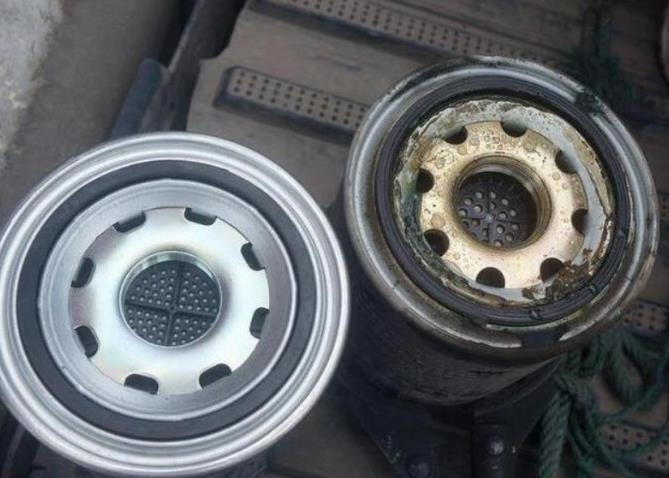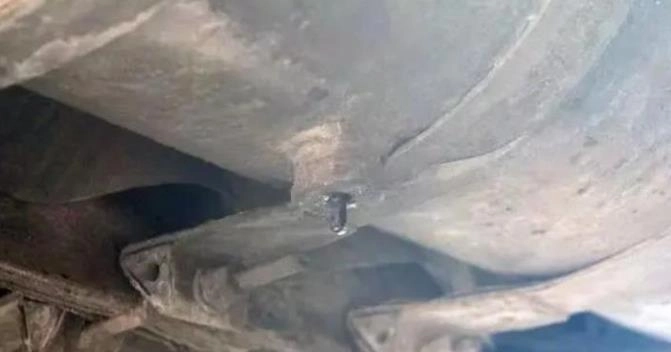Vehicle drying cans can also affect braking performance
Braking performance is an important parameter of a vehicle, which is directly related to driving safety. Many car owners pay attention to the maintenance and maintenance of brake pads, brake drums, air pumps and other components when maintaining their vehicles, but often ignore the drying tank.
As everyone knows, once the drying tank fails, it may directly lead to the failure of the vehicle brake, causing serious consequences. Therefore, the maintenance of the drying tank is the top priority of the air brake system.
Today, DARO Trailer Axle has summarized some knowledge related to drying tanks, and I would like to share with you briefly.

1. The function of the drying tank
As the name suggests, the main function of the drying tank is to dry and filter. It is connected between the air compressor and the air storage tank to absorb the moisture in the compressed air and keep it in a dry state.
We all know that the air brake system mainly relies on air, but the existence of water vapor in the air is unavoidable, especially when the air humidity is high, the compressed water vapor will become liquid water, and enter the brake system through the pipeline It affects the performance and service life of rubber products such as sensor joints and pump valves, resulting in air leakage in the brake system, failure to fill the air tank, abnormal braking, etc.; when the temperature is low, moisture in the brake Icing in the system will cause the pipeline to freeze, the pump valve cannot be opened, etc., resulting in brake failure, which is very dangerous. Therefore, the drying tank is essential trailer axle.
2. The composition and structure of the drying tank
The drying tank is mainly composed of several parts such as a shell, a drying cylinder, a pressure regulating valve, an exhaust valve, a one-way valve and a heater.
Generally, one air inlet and two air outlets are designed on the shell;
The drying cylinder is sealed and installed on the upper end of the shell, and the interior is a molecular sieve desiccant, which is mainly responsible for moisture absorption and impurity filtration;
A heating rod is designed inside the heater to heat the dryer;
A one-way valve is installed in one of the gas outlets to prevent backflow of dry gas;
The pressure regulating valve and the exhaust valve cooperate to complete the process of automatic pressure regulation, unloading and exhausting.
3. The working principle of the drying tank
The working principle of the drying tank is relatively simple. When the compressed air enters the inner cavity from the outer cavity of the drying tank, the moisture is absorbed by the molecular sieve desiccant to achieve the purpose of drying.
Molecular sieve desiccant is like a sponge. It cannot continue to work after it is full of water, so it needs to remove the water in it. This is one of the reasons why a heater must be installed on the drying tank. It is mainly used for heating and dehumidification trailer axle; in addition, when the external temperature drops At the same time, the heater can also play a role in preventing the moisture inside the system from freezing.
4. Replacement frequency of drying tank
The replacement frequency of the drying tank generally needs to be determined according to the working time of the vehicle, the environment in which the vehicle is used, and the quality of the drying tank. Generally, it needs to be replaced once every 1-2 years.

Of course, car owners can also use some methods to judge whether the drying tank needs to be replaced: if the oil pollution under the exhaust port is serious, it means that the molecular sieve desiccant has been heavily polluted; if the exhaust port has no exhaust action and water vapor is discharged, That means the drying tank may have failed; if the air receiver farthest from the air compressor releases water, the drying tank needs to be replaced.







